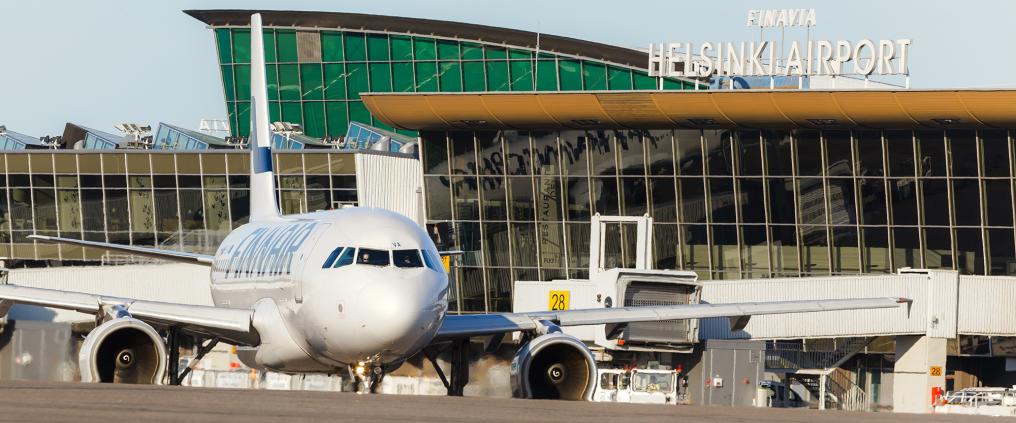The number of transfer connections provided by Helsinki Airport has increased by more than 75% within the last 10 years. This has enabled the airport to become one of the key air traffic hubs in Europe.
The study examined the transfer connections offered by major airports as a single ticket available for purchase from the carrier.
In terms of transfer connections, the selection at Helsinki is larger than that of the airports in Stockholm, Copenhagen and Oslo. The development of transfer traffic benefits everyone. This can also be seen in Finland as Finns enjoy excellent international connections in proportion to the population.
According to Kari Savolainen, CEO of Finavia, air traffic strongly supports the competitiveness of Finnish economy. He believes that Finland now needs a national project to utilise our excellent air traffic connections to the maximum in both the development of tourism and in making Finland an attractive location for investments and offices of foreign companies.
– A successful international airport stimulates the financial situation and employment rate of its country and is extremely important for the entire national economy. In Finland, for instance, air traffic employs 100,000 people and constitutes about 3% of the gross domestic product. This is one of the reasons why airports aim to increase their share of transfer travelling and why there is so much competition between airports, says Savolainen.
The development programme of Finavia is preparing Helsinki Airport to serve 20 million passengers per year within a few years. Expanding the airport also guarantees excellent flight connections in the future. New growth is sought not only by increasing capacity but also by investing more heavily in marketing and sales.
– In addition to a great geographic location and competitive services, one of the advantages of Helsinki Airport is that it has room to grow. The terminals can be expanded and there is runway capacity for increasing traffic. In addition, the number of people living in the area affected by airport noise is small compared to many European airports, says Savolainen.
Most connections to Asia
The status of Helsinki Airport as a significant European air traffic hub is particularly emphasised by the large route selection between Helsinki and Asia.
Helsinki offers 31 direct weekly flights to Japan, the third largest selection in all of Europe. In terms of routes to Japan, Helsinki Airport is the largest airport in Europe at the moment. There are seven weekly flights from Copenhagen to Japan and none from Stockholm and Oslo. Helsinki also offers 25 weekly flights to destinations in China, whereas Copenhagen offers 14 and Stockholm nine.
The number of routes has increased again in 2016, thanks to Finnair’s new routes to Guangzhou, China and Fukuoka, Japan, which were launched in May. In October, the status of Helsinki Airport as the leading air traffic hub in the Nordic Countries will stand out even further as Qatar Airways opens a connection between Helsinki and Doha, the fastest growing hub in the Middle East. The new route will open even more diverse air traffic connections, connecting Finland not only with the Middle East, but also with India, Africa and Australia.
According to the study published by ACI Europe, Helsinki Airport offers 8,509 relevant transfer connections, ranking the airport 12th in the listing of European airports. The corresponding figure for Copenhagen is 5,831 (ranking 14th), for Oslo, 3,948 (ranking 17th), and for Stockholm, 2,898 (ranking 22nd).
The complete report is available here.
ACI EUROPE is the European region of Airports Council International (ACI), the only worldwide professional association of airport operators. ACI EUROPE represents close to 500 airports in 45 European countries. In 2014, its member airports handled over 90% of commercial air traffic in Europe, welcoming more than 1.8 billion passengers, 18.4 million tonnes of freight and 21.2 million aircraft movements. These airports contribute to the employment of 12.3 million people, generating €675 billion each year (4.1%) of GDP in Europe. Find out more at www.aci-europe.org



